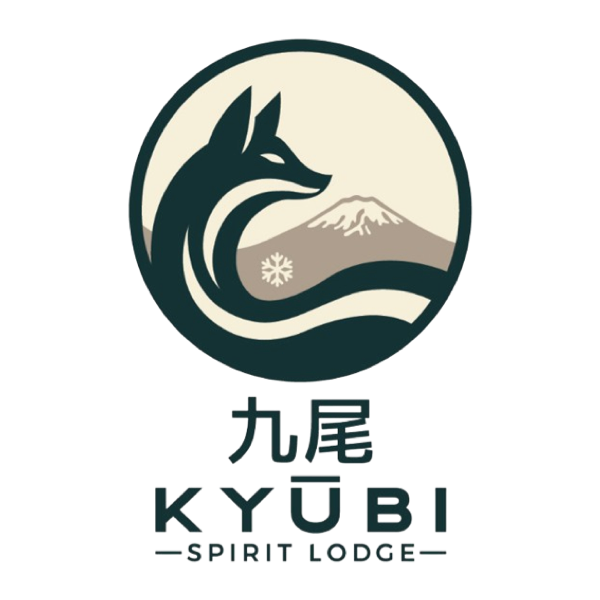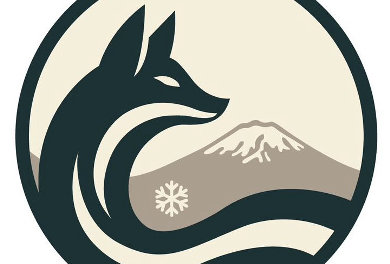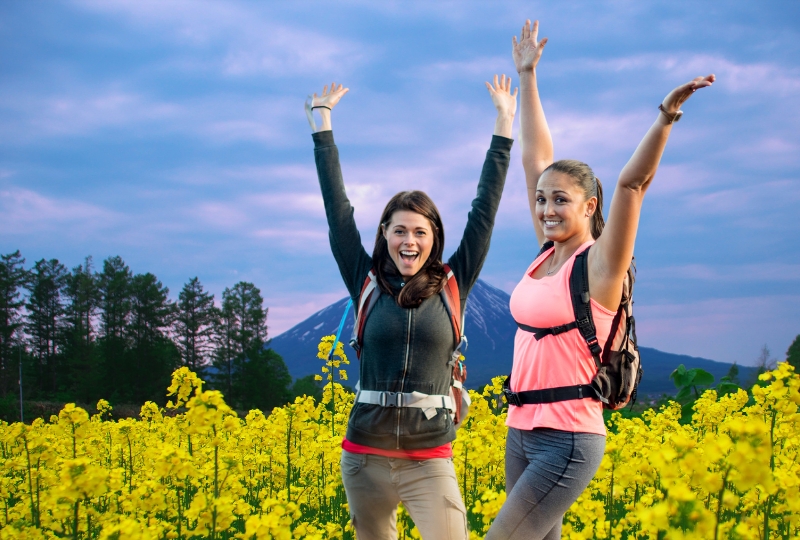
The snow on the peaks of Niseko and Mount Yotei has nearly completely melted, revealing lush green mountains that stand in striking contrast to the winter season when everything was blanketed in pristine powder. In summer, hiking in Niseko becomes a top attraction, with a variety of trails to suit all levels of experience. From easy routes ideal for beginners and families with young children, like Shinsennuma, to half-day hikes up peaks such as Niseko-Annupuri and Iwaonupuri, and even challenging full-day treks on Mount Yotei for seasoned hikers, Niseko offers something for everyone.
The summer hiking season typically begins around June, when most of the snow has melted and continues until late October when the first snowflakes start falling on the higher peaks in the region.
Niseko: A Hiker’s Paradise

Niseko is the perfect summer destination to connect with nature and revitalize both mind and body. Lace up your hiking boots, spray on some insect repellent, and head out to embrace the natural beauty.
A summer getaway under the shadow of some of the world’s most famous mountains offers you a unique opportunity to conquer various incredible trails. With options for all fitness levels, Niseko has gentle, well-maintained paths for beginners and rugged trails for the more adventurous outdoor enthusiasts. It’s best to set out early to catch the vibrant sunrise and avoid the harsh midday sun.
For those new to outdoor activities or those exploring the area with older family members or children, the Niseko marshlands are a must-see. Shinsen-numa and Kagami-numa (with “numa” meaning marshlands) are easily accessible trails with gentle slopes. Some of the area’s most stunning scenery can be enjoyed along these easier paths.
For those seeking vertical adventures, drive to the Goshiki Onsen parking area, which provides access to some of the more challenging peaks. From here, you can venture to Nitonupuri, Chisenupuri, Iwaonupuri, or the famous Annupuri. These mountains can typically be summited in 2-3 hours with a moderate level of fitness. For an added challenge, some locals even trail run up these peaks in a single day.
The views from these summits are truly breathtaking. On clear days, you can see the sea towards Iwanai, and the fields and towns below seem to stretch endlessly. If you’re lucky, you might witness a cloud inversion—an atmospheric phenomenon where a layer of warm air traps cooler air below, creating a low cloud cover that, from above, looks like a spectacular sea of clouds.
Tips for Hiking in Niseko
Even though hiking can create unforgettable memories and be the highlight of your trip to Niseko, things can quickly become uncomfortable and even dangerous if you're not well-prepared. Here are some tips to help make your hiking experience in Niseko more enjoyable and memorable.
Don't Get Bitten!
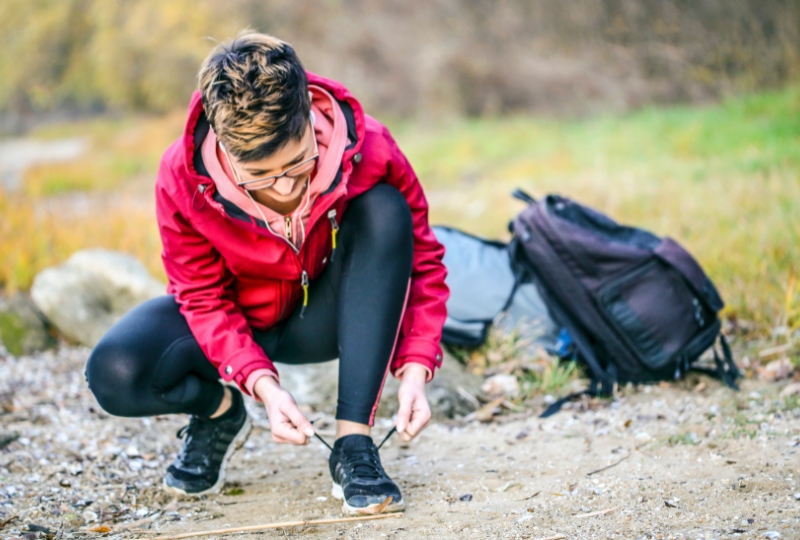
Just like in other parts of the world, insects can be a nuisance when hiking in Niseko. In early summer, black flies (buyo) are the main culprits. Their bites can cause long-lasting itching and sometimes significant swelling. Locals often use a homemade mixture of Hokkaido peppermint oil, mixed with ethanol and diluted with water, which is highly effective, though it needs to be reapplied frequently.
Pre-made peppermint oil sprays are also available at local pharmacies. Black flies start to dwindle by July, giving way to mosquitoes, which are mainly active in the late afternoon and around water sources. Unlike buyo, which is mostly active during the day.
Dense sasa bamboo forests are also home to ticks. Though rare, three tick-borne diseases have emerged over the past 15 years: Lyme disease, Japanese spotted fever, and SFTS virus. Of these, the latter two are quite rare, but Lyme disease is relatively common if a tick bite isn't promptly addressed. Be sure to check your body regularly and see a doctor if you feel concerned after a bite. There's no cure for Lyme disease once it develops, but antibiotics are an effective treatment if administered early before the disease progresses.
Your best bet is to carry insect repellent. Note that peppermint oil doesn’t work against mosquitoes, so a DEET-based insect repellent is your best option. Wear long sleeves, long pants, and high socks, even in the middle of summer.
Bring Your Water
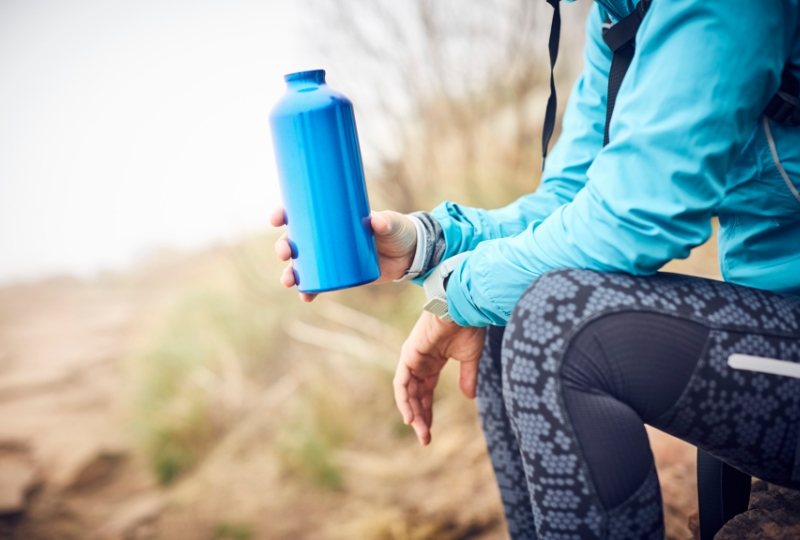
You won't encounter many streams or water sources in the Niseko mountains, which is something to be mindful of. However, avoid drinking from streams and lakes in the area without boiling or treating the water first, as it may be contaminated with echinococcus parasites. This parasitic disease, which can be fatal, is spread through fox feces and can seep into water sources after rain.
Even water from seemingly safe sources may just be unfiltered spring water, so use your water or ensure you boil all water from these sources and treat it properly with a suitable filter.
Bears
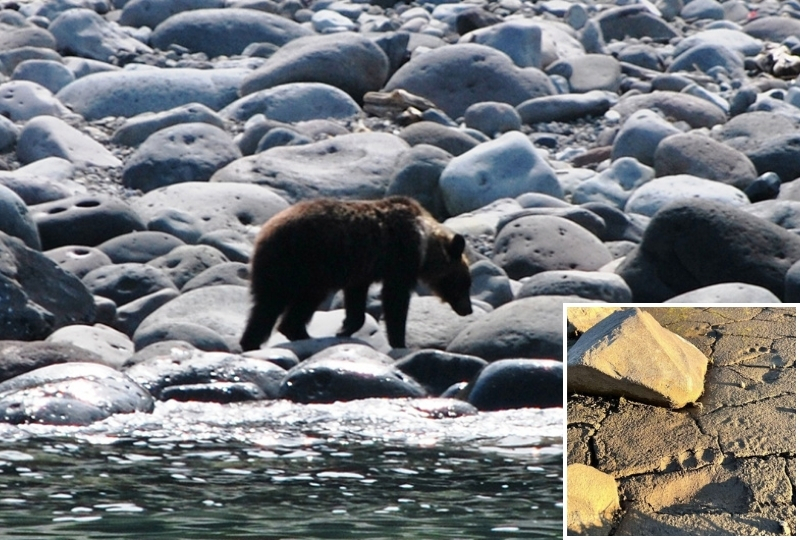
(Bear Photo: Captain76 Wild Bear - Bear Tracks Photo: Hokkaido Niseko Town)
Recently, frequent sightings of bears and their tracks around Niseko have drawn the attention of Niseko and Kutchan authorities. Warnings have been issued to advise caution for all outdoor activities. The first report on July 2, 2024, showed bear tracks at the summit of Mount Yotei. However, most sightings and evidence, including droppings and tracks, have been reported on Mount Niseko-Annupuri.
To ensure your safety, please follow these practical tips: Avoid hiking alone and go in groups; always carry out all food and waste, do not leave or bury them; turn back if you encounter signs of bears such as droppings, tracks, or carcasses; avoid poorly lit areas in the early morning or dusk when bear activity is higher; do not walk dogs in known bear areas as they may provoke bears. In 2021, Kutchan Town temporarily closed the Niseko Annupuri and Kagami-numa trails due to bear sightings. The detection of bear tracks at the summit of Mount Yotei on July 2, 2024, further emphasizes the need for vigilance. To avoid dangerous encounters, please adhere to these guidelines and stay safe.
In addition to the tips mentioned above, other suggestions include preparing for bad weather with appropriate clothing, carrying enough water and food, planning, and informing someone about your plans. The mountains in Niseko are not as high or rugged as other peaks in Japan and around the world. However, they should still be respected to ensure that you receive the same respect in return.
Transportation to Hiking Trails
To reach the hiking trails in Niseko, you can fly into New Chitose Airport. Renting a car is a convenient option and sometimes the only way to access the trails. While it can be quite costly, you can save money by choosing a car with foldable rear seats for camping overnight. Be sure to request this feature when picking up your car. Compare prices and book in advance, with average costs ranging from 4,000 to 6,000 yen per day.
Renting a bicycle is also a popular choice, but keep in mind that summer in Japan, including Niseko, often experiences a lot of rain. If you choose to bike, make sure you are well-prepared for adverse weather conditions.
Weather and Seasons
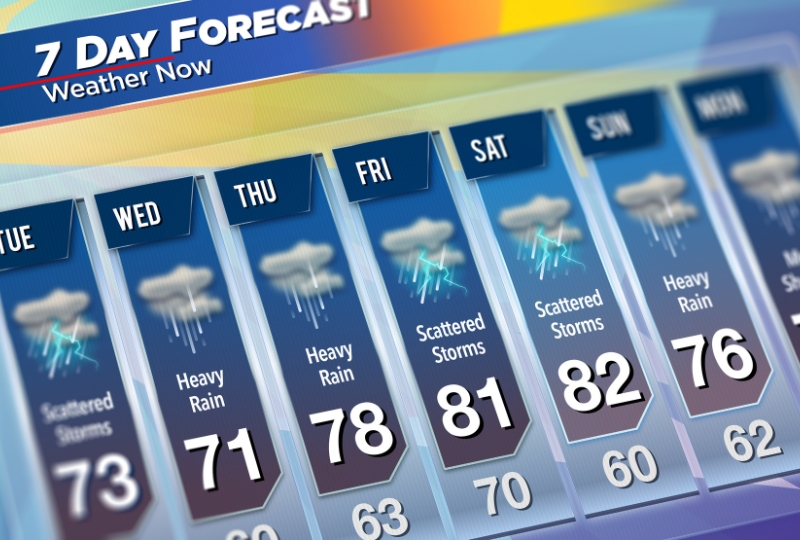
The ideal time to experience hiking adventures in Niseko is during summer and autumn, from July to September. By the end of September, the scenery becomes vibrant with colorful autumn leaves. Early-season snow usually appears at Daisetsuzan in October, creating a magical natural landscape.
For accurate weather forecasts, refer to Mountain-forecast and forecasts from the nearest town. However, note that the weather in Niseko can be unpredictable, so always be prepared for sudden rain showers.
Hiking in Niseko is not only a sport but also a wonderful way to explore the natural beauty and culture of the region. From majestic mountains to vibrant forests, every step offers a memorable experience. Whether you are a beginner or an experienced mountaineer, Niseko has trails suited for all levels. Be well-prepared, equipped, and ready to embrace the surprises of the wild. The moments you experience on Niseko's trails will surely become unforgettable memories, enriching your exploration journey.
Source: Experience Niseko

